
Copernical Team
SpaceX mega rocket Starship's next launch on June 5
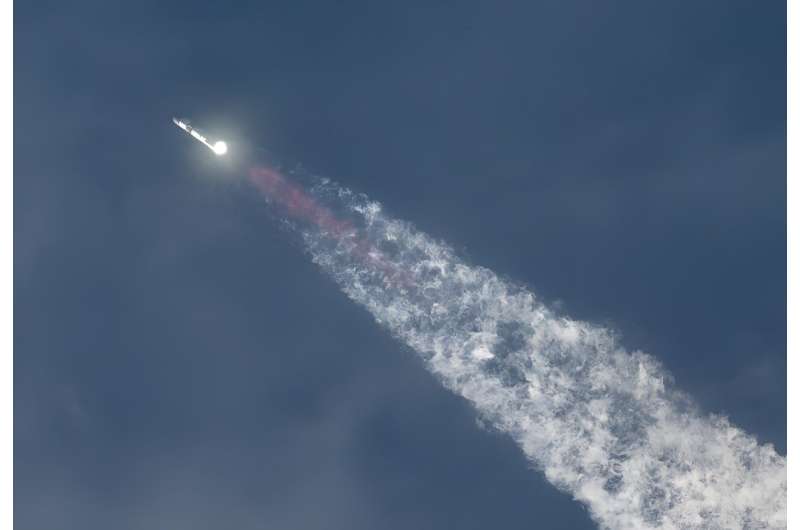
Starship, the world's most powerful rocket, is set for its next test flight on June 5, SpaceX announced on Friday.
The launch window from the company's Starbase in Boca Chica, Texas opens at 7:00 am local time (1200 GMT), pending regulatory approval.
It will be the fourth test for the sleek mega rocket, which is vital to NASA's plans for landing astronauts on the Moon later this decade, and to SpaceX CEO Elon Musk's hopes of eventually colonizing Mars.
3D-MAT, a thermal protection material for the Artemis Generation
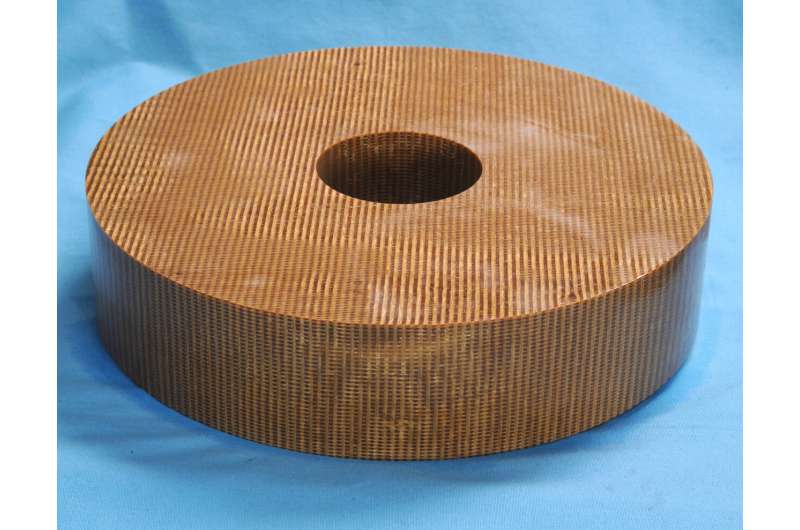
The 3-Dimensional Multifunctional Ablative Thermal Protection System (3D-MAT) is a thermal protection material developed as a critical component of Orion, NASA's newest spacecraft built for human deep space missions. It is able to maintain a high level of strength while enduring extreme temperatures during re-entry into Earth's atmosphere at the end of Artemis missions to the moon.
3D-MAT has become an essential piece of technology for NASA's Artemis campaign that will establish the foundation for long-term scientific exploration on the moon and prepare for human expeditions to Mars, for the benefit of all.
The 3D-MAT project emerged from a technical problem in early designs of the Orion spacecraft. The compression pad—the connective interface between the crew module, where astronauts reside, and the service module carrying power, propulsion, supplies, and more—was exhibiting issues during Orion's first test flight, Exploration Flight Test-1, in 2014.
NASA engineers realized they needed to find a new material for the compression pad that could hold these different components of Orion together while withstanding the extremely high temperatures of atmospheric re-entry.
NASA retargets for June 1 launch of Boeing's Starliner
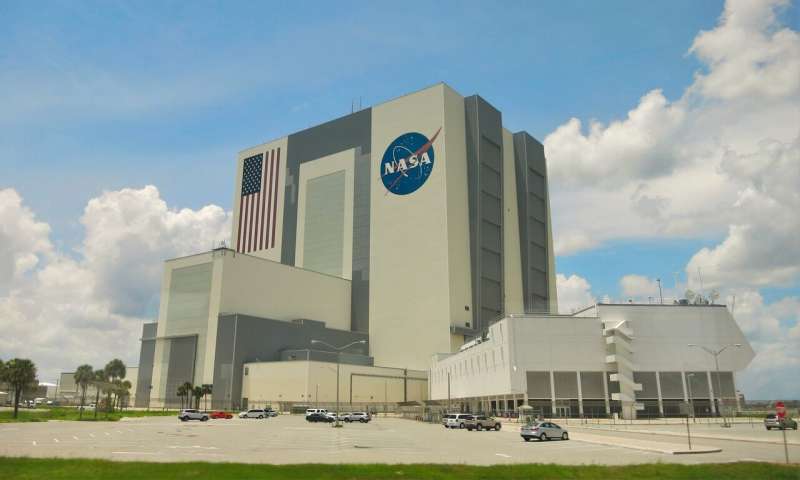
NASA has carved out more time to talk through problems with its attempt to send up astronauts on Boeing's CST-100 Starliner, which is now targeting June 1 if mission managers give the go for launch.
The new date announced late May 22 is just a placeholder, though, as NASA has yet to sign off on issues that were found during a launch attempt earlier this month. If NASA does give the OK, the Crew Flight Test mission would aim for a 12:25 p.m. liftoff with backup options on June 2, 5 and 6.
NASA astronauts Butch Wilmore and Suni Williams would climb back on board the Starliner spacecraft sitting atop a United Launch Alliance Atlas V at Cape Canaveral Space Force Station's Space Launch Complex 41. The goal is to test out the spacecraft flying with humans on board for the first time as it docks with the International Space Station for about an eight-day stay before a return trip to Earth landing in the desert in the western United States.
The pair had suited up and come within two hours of a launch back on May 6, but a fluttering valve on the ULA rocket's upper stage forced a scrub of the launch attempt with mission managers deciding to roll the rocket back to ULA's nearby Vertical Integration Facility to replace the valve.
Five new stunning images from Euclid’s Telescope
 Video:
00:06:08
Video:
00:06:08
ESA’s Euclid space mission has released five unprecedented new views of the Universe. These never-before-seen images demonstrate Euclid’s remarkable ability to unravel the secrets of the cosmos. Scientists are now equipped to hunt for rogue planets, study mysterious matter through lensed galaxies, and explore the evolution of the Universe. Join us as we explore these groundbreaking discoveries and what they mean for the future of space exploration.
Week in images: 20-24 May 2024
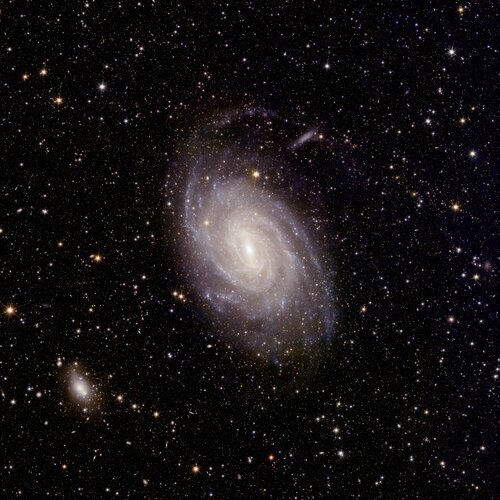
Week in images: 20-24 May 2024
Discover our week through the lens
Ariane 6 launches: PariSat, physics in space after school
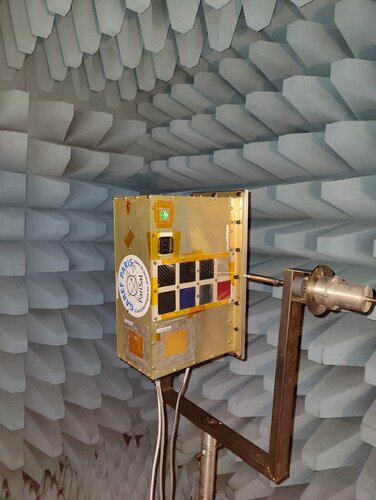
Space Team Europe for Ariane 6: Martin Bourdel
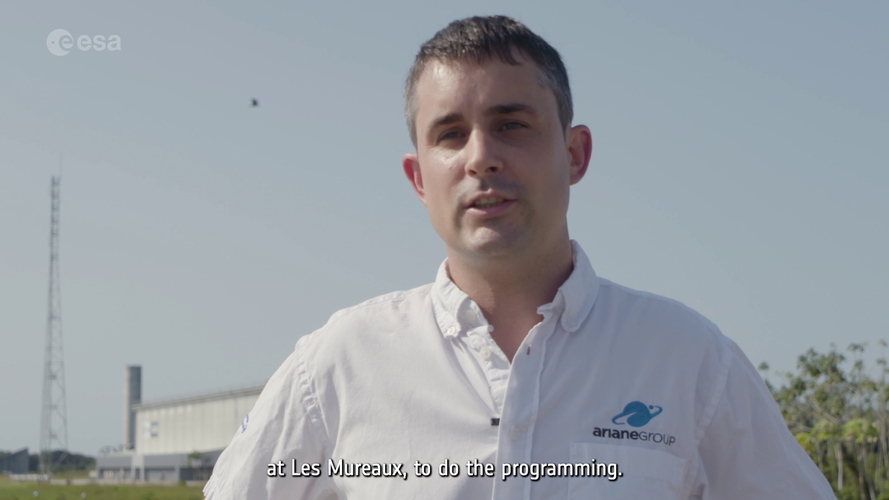 Video:
00:02:39
Video:
00:02:39
They say it takes a village to raise a child. To launch a rocket, we have the combined expertise and passion of Space Team Europe. Martin Bourdel, Cost Engineer at ArianeGroup,l is one of many making the first Ariane 6 launch possible and has been interviewed as part of a series highlighting some of the people that make up this dream team.
From the Paris area in France, Martin has taken part in Vega and Ariane 5 rocket operations but switched to the Ariane 6 development programme when he had the opportunity to see a launch system come
Celebrating Andreas

After eagerly awaiting his return, Denmark could finally welcome Andreas during his Huginn post-flight tour to meet with fans, ministers, the teams behind the science he conducted and anybody who wanted to say hi. Here is a recap of his homecoming in Denmark.
Winged CubeSat flock survives loss of leader
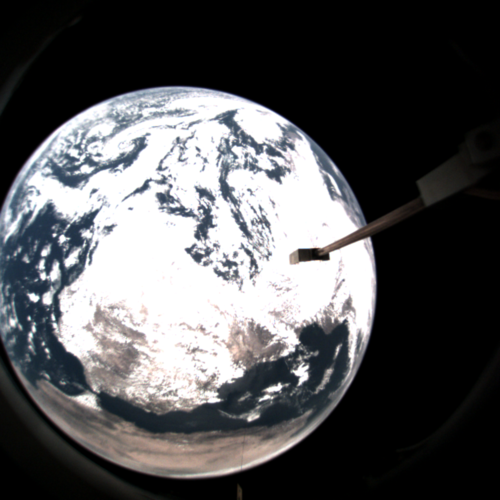
An experimental flock of miniature CubeSats has survived the unexpected loss of its leader to begin monitoring water quality across Spain and Portugal.
Satellite-Based Hyperspectral Sensors Enhance Monitoring Capabilities
 Using satellite-based hyperspectral sensors, Orbital Sidekick offers global monitoring services. The company has launched five commercial satellites, including two in March, with plans for a sixth later this year. Co-founder and CEO Dan Katz credits the ISS National Laboratory for helping test their sensor technology.
Hyperspectral imaging identifies specific chemicals and materials, provi
Using satellite-based hyperspectral sensors, Orbital Sidekick offers global monitoring services. The company has launched five commercial satellites, including two in March, with plans for a sixth later this year. Co-founder and CEO Dan Katz credits the ISS National Laboratory for helping test their sensor technology.
Hyperspectral imaging identifies specific chemicals and materials, provi 































